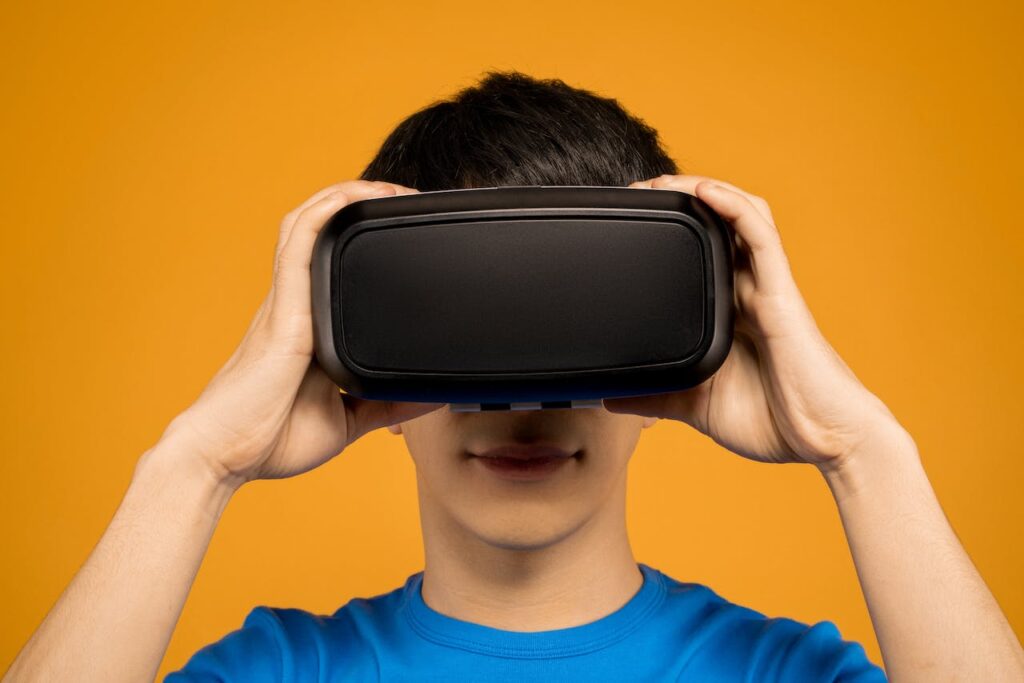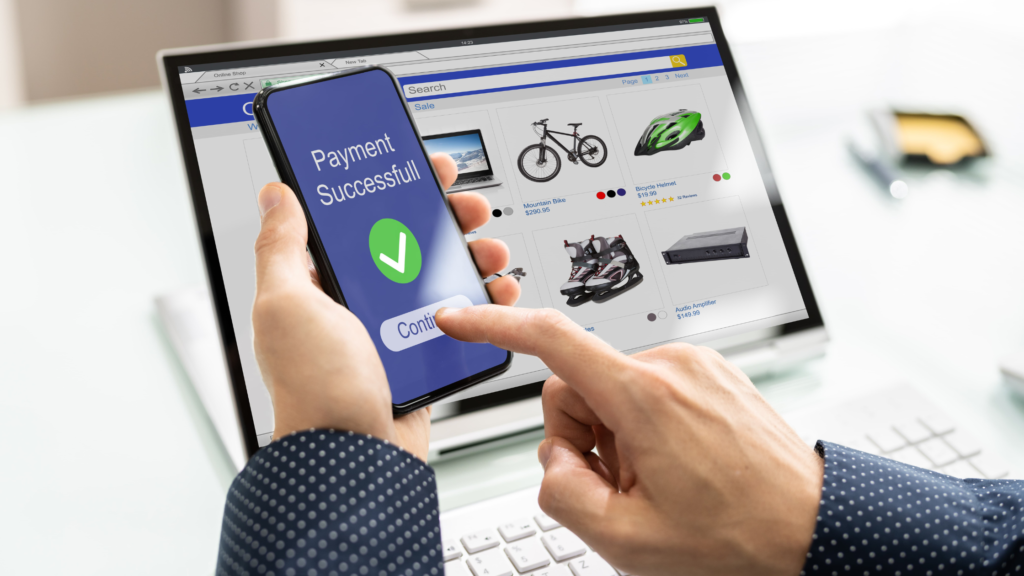With Virtual Reality (VR) emerging as a game-changer in the evolution of retail, there have been profound changes. The retail industry is seeing substantial advancements in VR, which is frequently connected to immersive gaming experiences. Customers’ expectations are changing as a result of its capacity to combine the tactile experience of physical stores with the ease of Internet shopping. Let’s look at how VR is helping to close the gap between physical retail and internet shopping.

Engaging Shopping Experiments
Picture yourself conversing with virtual assistants, perusing a virtual store from the comfort of your home, and closely inspecting things. With immersive shopping experiences that resemble the real-world retail setting, virtual reality brings this idea to life. Consumers can examine products in three dimensions, examine comprehensive details, and even picture how they might fit into their daily lives. These interactive buying experiences provide online shopping with a more tangible quality that was previously only possible during in-store visits.
Optimizing How We Visualize Products
Enhancing product visualization is one of the most notable applications of Virtual Reality in retail. Conventional internet shopping frequently fails to accurately capture the genuine appearance and texture of items. By enabling clients to view products in a realistic environment simulation, VR overcomes this restriction. Virtual Reality fills the gap between online product listings and in-person product experiences, allowing users to test-drive virtual clothing or check out furniture in a virtual living room.

Customized Online Storefronts
Customization is critical in the modern retail environment. By developing unique virtual locations for clients based on their tastes and browsing history, Virtual Reality provides a customized shopping experience. These personalized virtual spaces increase interaction and stimulate purchase intent by showcasing products in a way that is relevant to the context. Retailers may provide highly tailored shopping experiences that connect with customers more deeply by utilizing data analytics and Virtual Reality technologies.
Tips for Using Virtual Reality in Business
Strategic planning and execution are necessary for stores to adopt Virtual Reality. Here are some practical tips:
- Invest in VR Development: Work with VR developers to design shopping experiences that are immersive and customized for your products and brand. To increase consumer happiness, emphasize intuitive user interfaces and smooth navigation.
- Integrate with Current Systems: To provide a seamless buying experience, incorporate virtual reality capabilities into your current e-commerce systems. To reach a wider audience, make sure all devices—from smartphones to VR headsets—are compatible.
- Use Analytics to Gain Insights: Make use of data analytics to learn about the preferences and behavior of customers in online purchasing settings. Adapt promotions, product placements, and tailored suggestions in response to real-time comments and interactions.
- Encourage Awareness and Adoption: Through focused marketing initiatives and product demos, inform consumers about the advantages of virtual reality buying. Emphasize the personalized features, ease of use, and interactive elements that VR offers to e-commerce.
Final Thoughts
By bridging the gap between online convenience and in-person connection, virtual reality is revolutionizing the shopping experience. Embrace Virtual Reality to improve the shopping experience and usher in a new era of innovative retail.

